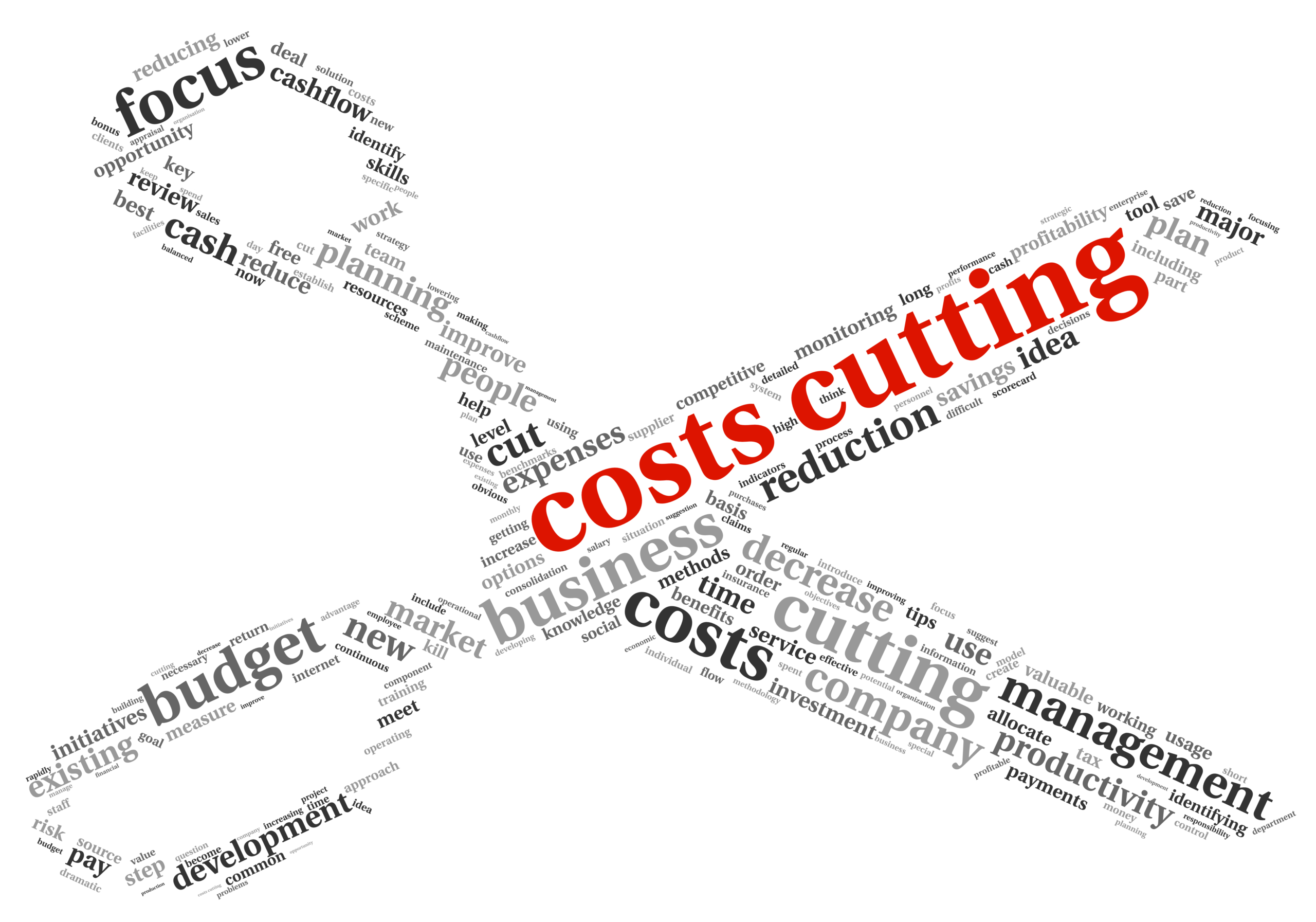7 Filters for Strategic Cost-Cutting
June 24, 2020
3 minute read – The following blog post was written by c. myers and originally published by CUES on June 11, 2020.
Waiting for the storm to blow over won’t work; instead do judicious budget trimming that puts strategy first.
Like in the Great Recession, decision-makers are facing a margin squeeze, credit risk is unknown and non-interest income is under pressure. During that time, there was significant cost-cutting.
But it was different back then. Consumers weren’t as attached to digital channels as they are now, and they weren’t as compelled to instantly adopt them like they are now due to social distancing. This instant adoption means that competition for financial services just increased monumentally, so across-the-board cuts won’t cut it.
In this highly competitive environment, it is simply not possible to save your way to a relevant and compelling business model. Pulling back and waiting for the storm to blow over is not an option.
To meet the competition head-on and emerge from this crisis stronger, more relevant and ready for whatever the post-crisis world has in store, cost-cutting must be met with judicious methods that put strategy first.
Decision-makers have found active use of decision-filters to be helpful as they prioritize their next cost-cutting moves. Following are just a few examples:
- How will this impact our ability to generate revenue and/or profit today, in the intermediate term and in the longer term? During the Great Recession, many businesses did not make investments for the future. This may not be the best play today.
- How will this help, hurt or delay our ability to acquire and cross-sell to quality members in a digital world?
- How will this impact our ability to deliver on our mission and value proposition? If it has a significant negative impact, why are we willing to sacrifice in these areas? Are our mission and value propositions still relevant—and if so, what are better options to reduce expenses?
- How will it impact our members’ experiences? Will it be brand-advancing, brand-neutral or brand-damaging? If brand-damaging, what can we do in other areas of the credit union to gain efficiencies so that our resources can be reallocated to advance our brand?
- What strategic initiatives will need to be scrapped and why? Are they no longer relevant? Do we no longer have the financial or human resources? Specifically identify and discuss what has permanently changed to help ensure that it is strategically appropriate to scrap the initiative. This intentional discussion can help stimulate innovative and creative thinking, so that initiatives may ultimately be approached in a different fashion versus eliminating them altogether.
- How will this help us truly develop scalable and sustainable efficiencies that enable us to price more competitively, generate more productive member engagement and/or not add human resources?
- How much organizational muscle are we cutting? For example, making deep cuts to talent development and the marketing budget, which may not result in an immediate reduction in business, but can be highly brand-damaging and reduce revenue in the long run.
We understand that these are not easy times. We do see how powerful these types of conversations can be in expanding thinking and creativity and helping people truly appreciate the “why” of the changes you need to make. This approach helps prioritize strategic requirements with cost-cutting decisions that can better position the organization for what the future may hold.




